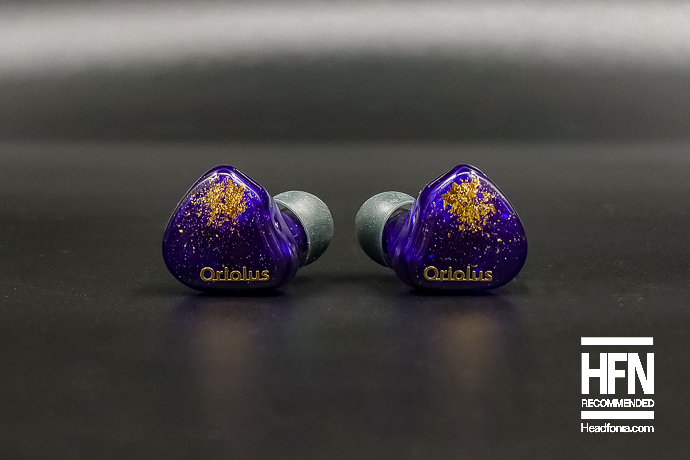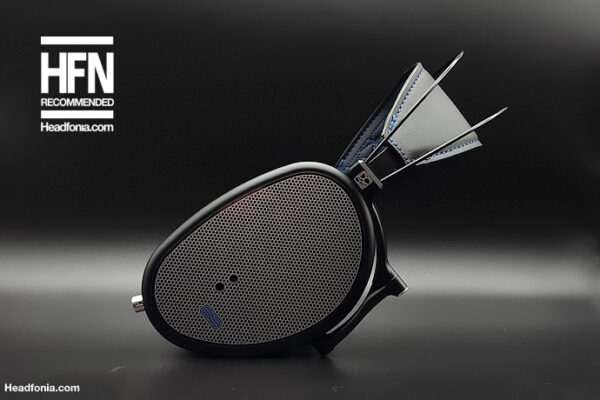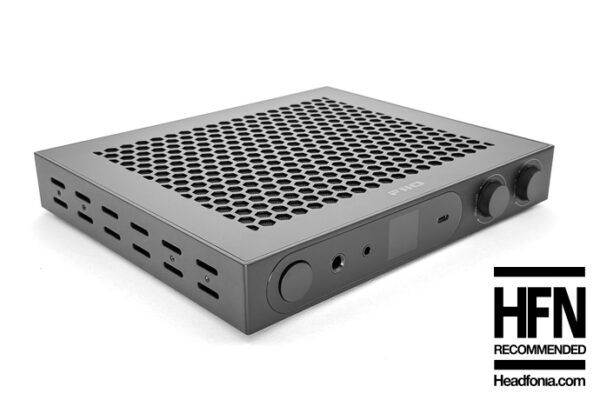Technical Performance
The Monachaa offers a spacious sound profile, featuring expansive and deep staging with commendable separation. Its ability to position elements within the soundstage is noteworthy, allowing listeners to focus on specific instruments at their discretion. However, it falls short of being a meticulous detail monster or the ultimate reference IEM. While it comes close to that level of micro-detail precision, it prioritizes a classic Oriolus tuning, designed for prolonged listening sessions with a spacious and atmospheric feel.
It leans more towards musicality and vividness rather than analytical precision, emphasizing vivid and rich tonality. The Monachaa excels in delivering excellent realism and natural timbre, but it doesn’t prioritize resolution and transparency to an extreme degree. Some IEMs achieve even higher resolution and transparency levels, but those come at rather extreme prices.
It’s important to note that the Monachaa can be a bit selective in terms of sources. As mentioned earlier, optimal amplification—whether desktop or portable—is crucial, especially for maximizing its bass performance. This consideration is key to unlocking the Monachaa’s full potential. The new HIBY R8 II (review coming up) in particular is a good matching example with good driving power in Turbo Mode. Monachaa scales well with better equipment and sufficient power.
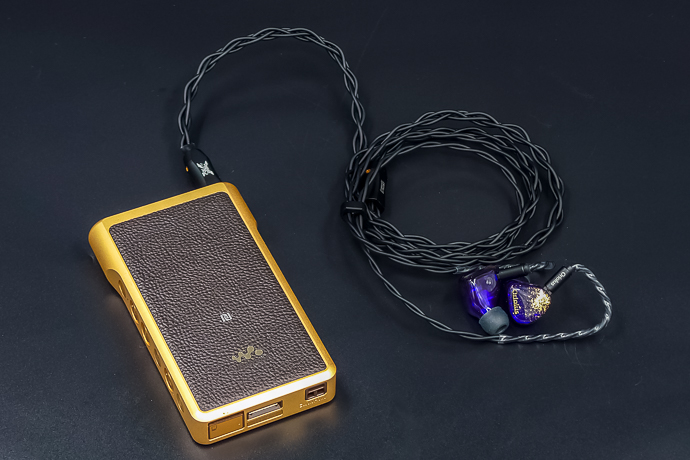
Comparisons
The Szalayi, sharing a comparable build and shape but at a notably more affordable price, stands as an attractive alternative for those familiar with Oriolus IEMs and their distinctive house sound.
Both models feature a distinctive blue design, with the Monachaa leaning towards a flashier appearance and boasting a higher-grade stock cable.
In terms of sound, the Monachaa outshines with a superior treble response, offering enhanced brightness, definition, and clarity. While still maintaining a smooth character, the Monachaa delivers a more refined and vivid mid-range, characterized by increased naturalness and musicality. The mids benefit from improved focus and positioning, contributing to a more immersive listening experience. While the bass response is comparable between the two models, the Monachaa distinguishes itself by delivering harder, tighter hits with improved speed. Overall, the Monachaa establishes itself as a higher-tier option, justifying its higher price point with a more pronounced and nuanced sonic performance.
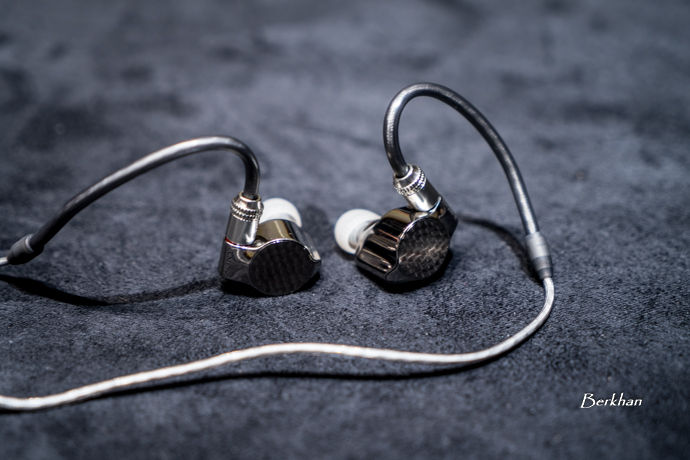
Sony IER-Z1R
Another natural comparison would be Sony’s legend, the IER-Z1R. Altough you can find a pair at reasonable prices, the release price of the Z1R was identical to the Monachaa, for that, it’s not out of the window for a fair comparison.
Build and design-wise the Z1R is hard to beat with fantastic build and very authentic Sony design. However, the Z1R is known to have some fit problems for certain people so Oriolus is better on that part.
Sound-wise I think the Monachaa is overall the better IEM in terms of resolution, treble extension, spaciousness and soundstage. That is only expected because of the difference in technology and the Z1R is out for many years now. Sony’s flagship IEM improves its performance with aftermarket cables for sure, but that is also the case for the Monachaa. The Z1R has a bit better timbre to me though, and it’s bass is a bit more balanced versus the sub-bass focus of the Oriolus. But overall the Monachaa, in my opinion, is the better and more all-around performer.
The Annihilator, although more expensive by a considerable amount, might be a better choice for people who have deeper pockets. They have some traits in common with the Monachaa, such as the overall rich and full-bodied sound performance, bass texture and sound stage capabilities.
However, the bass balance in the Anihilator is more successful, with better mid-bass definition. Furthermore, the Annihilator has better treble control, and its sound overall is more refined than the Oriolus with sharper imaging and better layering. However, the price difference is rather big so it’s up to your budget and expectations.
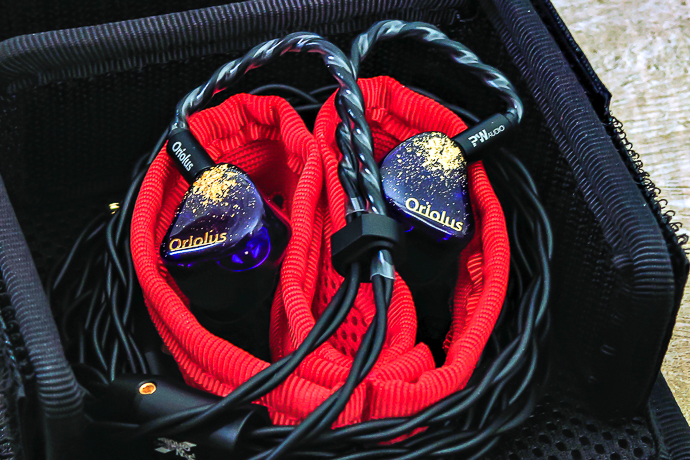
Conclusion
Cons:
- Package not premium
- A bit bulky
- The upper mid-range is a bit shouty
- Tip & source dependant

Page 1: About, Package, Build, Design, Fit
Page 2: Sound Quality





